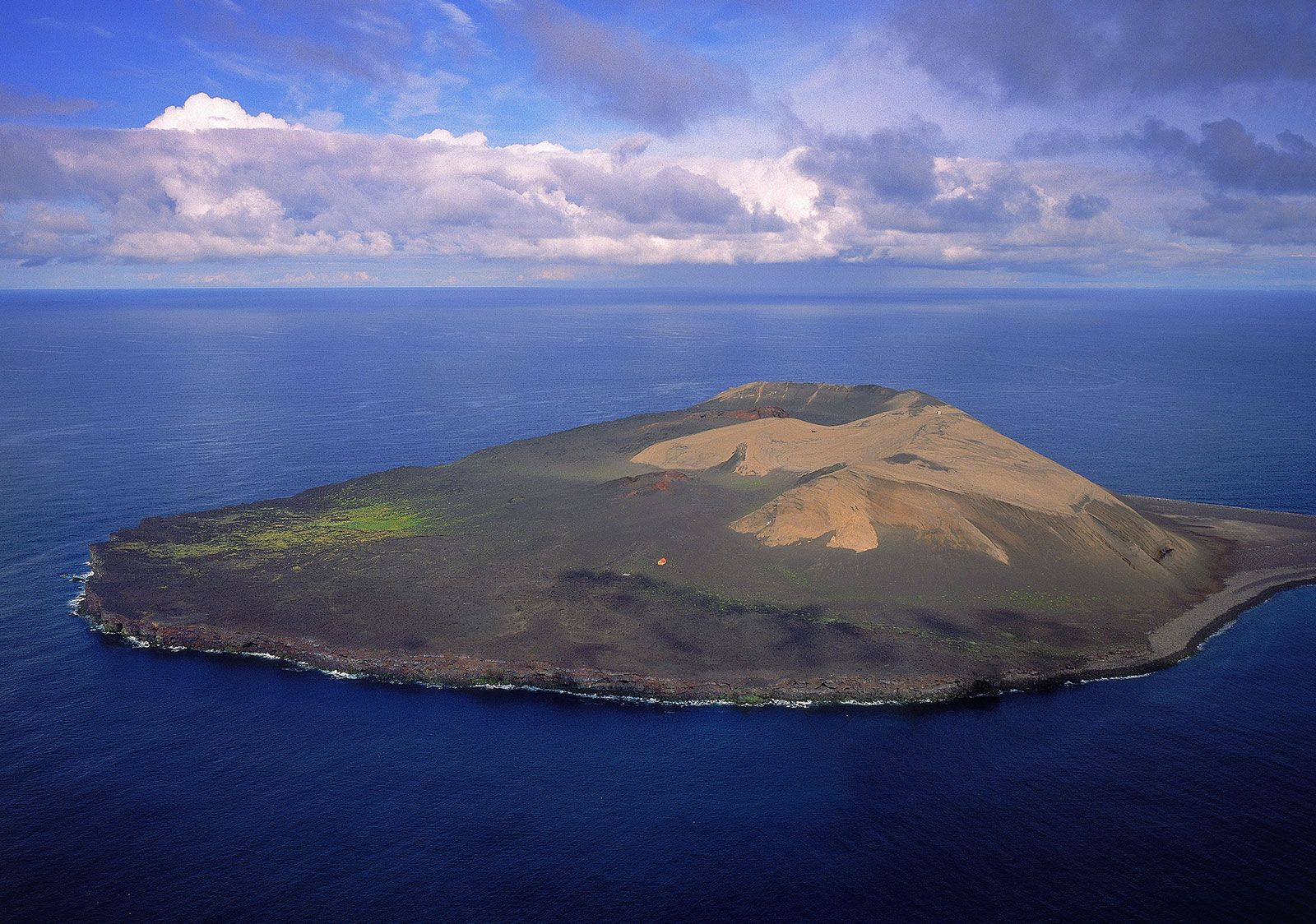Pioneer species are the hardy first colonizers of barren environments, starting the ecological succession process. These resilient organisms pave the way for more complex ecosystems by modifying their surroundings, making them habitable for other species. Understanding what pioneer species are and their critical role is fundamental to grasping ecological dynamics and ecosystem development.
Defining Pioneer Species: Nature’s First Responders
Pioneer species are organisms that are the first to inhabit newly formed or disturbed land. These are environments where previous ecosystems have been cleared or where no life existed before. These species are characterized by their ability to withstand harsh conditions such as nutrient-poor soil, extreme temperatures, and exposure to wind and sun. They are nature’s first responders, arriving in the wake of disturbances like volcanic eruptions, glacial retreats, or even after severe wildfires that have sterilized the soil.
Common examples of pioneer species include microorganisms like bacteria, lichens, and mosses. Certain plant species, such as sea rocket, sand ryegrass, and ferns, also play this crucial role in different environments. These organisms share the remarkable ability to not only survive but also to facilitate change in their environment, making it more conducive to life for successive waves of species.
The Vital Role of Pioneer Species in Ecological Succession
Pioneer species are essential drivers of ecological succession, particularly primary succession. Primary succession begins in lifeless areas where soil is absent, such as bare rock after glacial retreat or new volcanic islands. In such settings, pioneer species initiate soil formation and nutrient cycling, fundamentally altering the habitat.
Lichens, for example, are often among the first to colonize bare rock. They secrete acids that break down the rock surface, starting the process of soil creation. As they decompose, they add organic matter to this rudimentary soil, enriching it and making it more capable of supporting plant life. Similarly, mosses contribute to soil formation and stability. Microorganisms, including nitrogen-fixing bacteria, enhance soil fertility by converting atmospheric nitrogen into forms usable by plants.
This initial modification by pioneer species is crucial. It allows for the subsequent colonization of the area by other plant species like grasses and ferns, which require more developed soil. These secondary species further enrich the soil and provide shade, gradually changing the environment from one hostile to most life forms to one that can support a diverse community of plants and animals.
Examples of Pioneer Species in Action
Surtsey, a volcanic island that emerged from the ocean near Iceland in the 1960s, provides a striking example of pioneer species in action. Initially barren rock, it was quickly colonized by microorganisms, followed by lichens and mosses. Soon after, hardy plant species like sea rocket and sand ryegrass appeared, their seeds carried by wind and water. These plants, along with the earlier colonizers, began to develop the island’s first soils, paving the way for a more diverse plant community, including willows, to establish themselves decades later.
Another example is areas left behind by retreating glaciers. The exposed bedrock is first colonized by lichens and mosses. These pioneer species slowly break down the rock and accumulate organic matter, creating the first layers of soil. This process eventually allows grasses, shrubs, and trees to take root, transforming a barren landscape into a forest over time.
Conclusion: Pioneer Species as Ecosystem Engineers
Pioneer species are more than just early inhabitants; they are ecosystem engineers. Their ability to colonize and modify harsh environments is fundamental to ecological succession and the creation of diverse and stable ecosystems. By understanding what pioneer species are and appreciating their role, we gain a deeper insight into the intricate processes of nature and the resilience of life on Earth.
[

